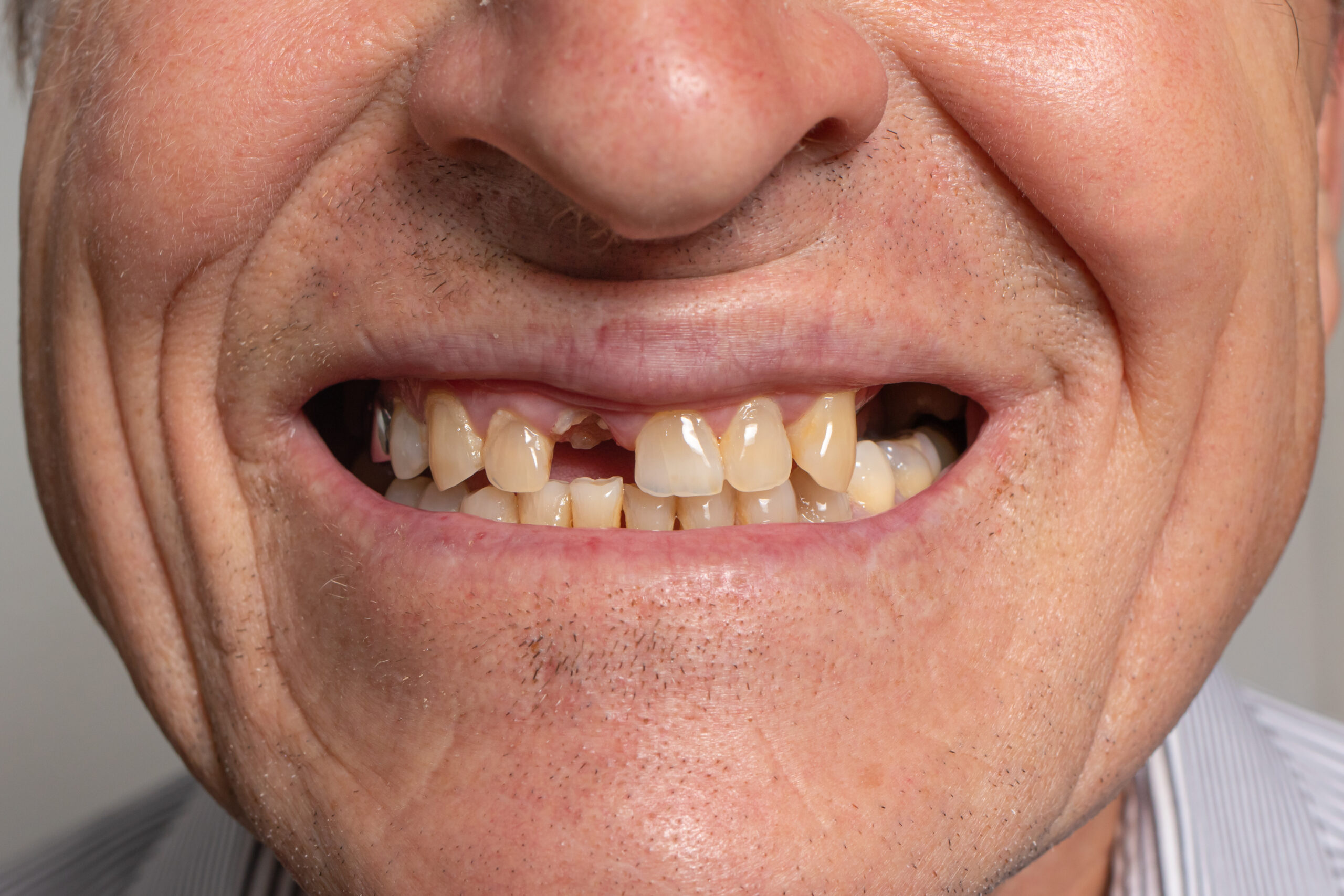Composite bonding is a cosmetic dental procedure that uses a tooth-colored resin material to reshape and enhance the appearance of teeth. It is a minimally invasive and cost-effective alternative to more extensive cosmetic treatments such as veneers or orthodontic braces. One of the most common questions patients ask about composite bonding is whether it can be used to treat crooked teeth. In this article, we will explore the answer to this question and the considerations to keep in mind when considering composite bonding for crooked teeth.
Firstly, it is important to understand that composite bonding is primarily used to address cosmetic concerns, such as discoloration, chips, or cracks in teeth. It is not intended to be a substitute for orthodontic treatment for severely crooked teeth. However, if you have minor misalignments or crookedness in your teeth, composite bonding may be an option for you.
Composite bonding can be used to reshape teeth and make minor adjustments to their position. The process involves the application of a tooth-colored resin material to the surface of the tooth, which is then shaped and polished to achieve the desired appearance. In some cases, composite bonding can be used to make minor adjustments to the alignment of teeth, which can improve their appearance and function.
When considering composite bonding for crooked teeth, it is important to keep the following considerations in mind:
- Severity of misalignment: Composite bonding is most effective for minor misalignments or crookedness in teeth. If you have severe misalignments or crooked teeth, other treatments such as orthodontic braces may be necessary to achieve the desired results.
- Oral health: It is important to have good oral health before undergoing any dental procedure, including composite bonding. If you have underlying dental issues such as cavities or gum disease, these should be addressed before proceeding with cosmetic treatment.
- Bite alignment: Composite bonding can change the shape and size of teeth, which can affect your bite alignment. It is important to consult with a dentist to ensure that the changes made to your teeth through composite bonding do not negatively impact your bite.
- Longevity: Composite bonding is not a permanent solution, and the material can chip or wear down over time. It is important to follow good oral hygiene practices and avoid habits such as biting your nails or chewing on hard objects, which can damage the composite material.
In conclusion, composite bonding can be an effective option for addressing minor misalignments or crookedness in teeth. It is a minimally invasive and cost-effective alternative to more extensive cosmetic treatments such as veneers or orthodontic braces. However, it is important to keep in mind that composite bonding is primarily intended for cosmetic purposes and is not a substitute for orthodontic treatment for severely crooked teeth. If you are considering composite bonding for crooked teeth, it is important to consult with an experienced dentist to determine if it is the right option for your oral health needs and cosmetic goals.




